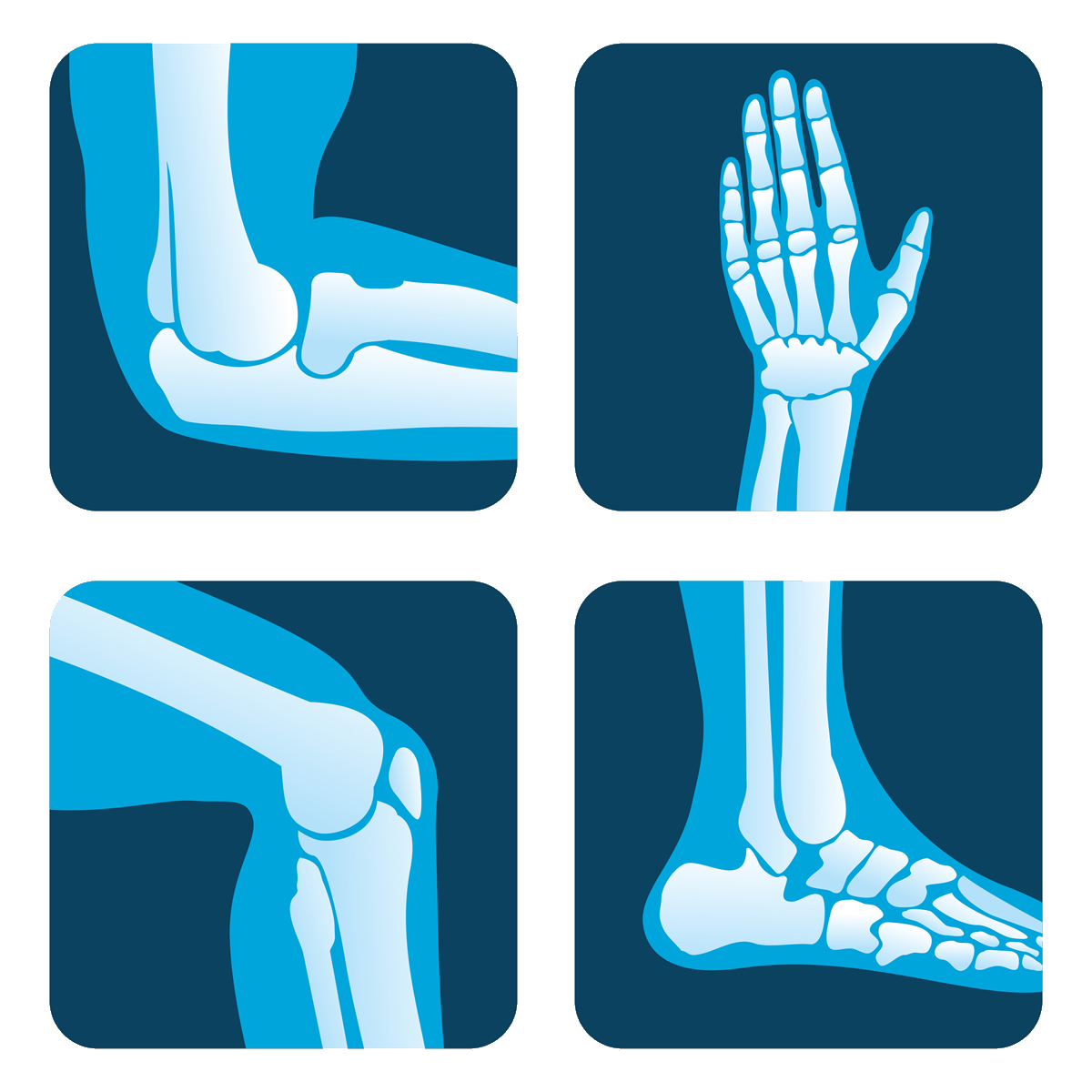What is PRP?
PRP, or Platelet-Rich Plasma, is an injection treatment generally used by sports, exercise or medical physicians to treat injuries related to tendon, muscle, or joint pain. After the patient’s blood is drawn on-site, the platelets are separated from your own blood with a high speed centrifuge, then injected into the body to kick-start the healing process. This scientific use of emerging technologies combined with the body’s own capabilities of self-healing minimizes the risk of infection or acquiring any blood-related diseases because the source of the platelets come from the patient.
How Does Platelet-Rich Plasma Treatment Work?
Platelet-Rich Plasma contains small amounts of growth hormones and cytokines, upon injection to the injured areas of treatment, send signals to the body’s self-healing components to begin a boost in the healing of tissue. Once the platelet-rich plasma is injected into the damaged area, it generates an inflammatory response, triggering a healing initiative that leads to an increase in blood flow, stimulates cell growth, and speeds up tissue regeneration.
What Orthopedic Conditions Can It Treat?
Platelet treatment is used for a range of treatments involving joint issues, muscle issues and pain, along with skeletal dysfunctions derived from injuries. Specifically, platelet-rich plasma treatment can treat shoulder pain causes from rotator cuff tendonitis, partial tears, and arthritis; tennis and golfer’s elbow, elbow sprains or tears; wrist and hand pain; hip and pelvic pain such as bursitis, hamstring strain, and SI joint pain; knee pain from patellar tendonitis, quadricep muscle injuries, knee arthritis, knee ligament strains, and Iliotibial band syndrome; achilles tendons; plantar fasciitis; and peroneal tendonitis.
What Is The Procedure Like?
Platelet-Rich Plasma Treatment is non-surgical treatment. The process works first by drawing 10 to 30 milliliters of venous blood from the patient’s arm. This blood is then stored in a specially designed blood collection tube that is placed in a centrifuge, a machine that spins rapidly, applying centrifugal force to contents. During this process, the blood cells will be separated from the plasma, allowing concentrations of platelets. By use of ultrasonic guidance, the plasma treatment is then ready for injection. There is generally mild discomfort that fades quickly.
Patients can see a significant improvement in symptoms as well as a remarkable return of function, which may eliminate the need for more aggressive treatments like long-term medication use or surgery.
To see if PRP treatment is right for you, please contact us for more information.

